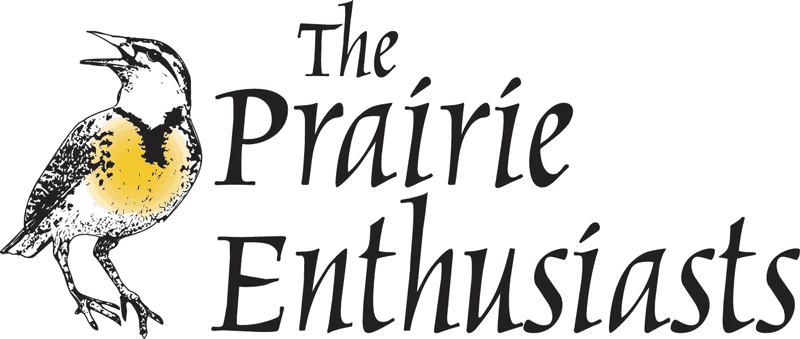Land Stewardship
There are lots of opportunities to turn your prairie enthusiasm into action!
Empire-Sauk interns at Mounds View Grassland by RS Baller.
Land Stewardship
Empire-Sauk interns at Mounds View Grassland by RS Baller
We love watching prairies and oak savannas grow and flourish year after year as they respond to proper management and species enrichment. Surviving remnants of prairie and savanna are often small isolated patches which require active management to regain and remain healthy.
The primary means for managing The Prairie Enthusiasts properties is to bring volunteers together in what we call work parties to pull weeds, cut brush, collect seed and conduct prescribed burns. Work parties bring people together from all walks of life and provide opportunities for us all to develop personal relationships with local habitats in a hands-on way.
The Prairie Enthusiasts also collaborations with public agencies and other private groups to manage remnants on lands owned by others.
If you would like to volunteer, sign up for our E-news or contact your local Chapter.
Management Activities
Prescribed Burning
The plant communities we focus on are fire-dependent systems. The lack of fire has contributed to the loss of these ecosystems, and The Prairie Enthusiasts use prescribed fire when possible. Effects on all components of prairies should be considered when deciding if and how often to burn. Learn more HERE.
Invasive Species Control
Removing unwanted trees, brush and forbs
Due to the absence of management over a long period of time, brush and trees have encroached upon most remnant prairies. Fire will have limited effects on these established woody plants and can even be problematic with some species that re-sprout after top-killing. There are several ways to remove woody species, including cutting, judicious application of herbicide, covering and girdling, or a combination of these. Part of our stewardship also involves killing forbs that are primarily non-native species and compete with native plants. Successful eradication or reducing their impact ranges from hard to easy depending on the species. Some additional resources that cover this topic include: Pleasant Valley Conservancy (The Prairie Enthusiasts members Tom (dec.) and Kathy Brock) and the Invasive Plant Association of Wisconsin (IPAW).
Organic control methods
Some methods for control do not use herbicide. Examples are: girdling, smothering, pulling, repeated mowing and severing biennials below the root crow. Not all of these methods work for all species and some even have undesirable side effects (e.g., pulling disturbs the soil). You can find more about these methods in our blog posts.
Planting A Prairie
Several chapters are active in planting new areas with prairie species to provide buffer zones around remnants or as replacements for lost ecosystems. Major volunteer activity includes seed collecting and processing, planting and management of new plantings. Read more about prairie planting HERE.
Hunting
The Prairie Enthusiasts recognizes the value of hunting as a useful management tool; therefore, we permit its use on our lands where we deem it necessary to control overabundant or problem species. We also allow hunting where we deem it not to conflict with the goals and uses of a given property. Read more about where to hunt HERE.
